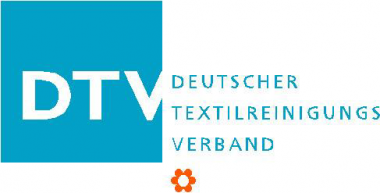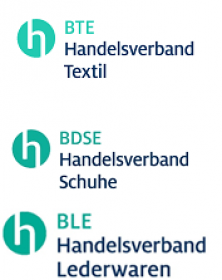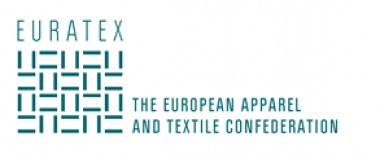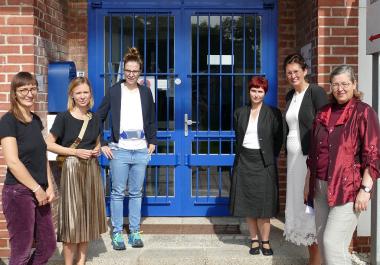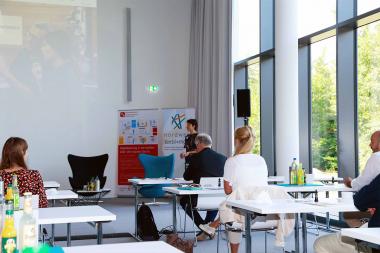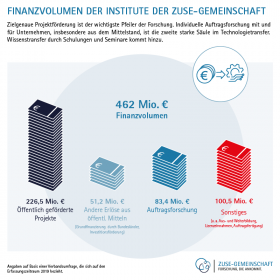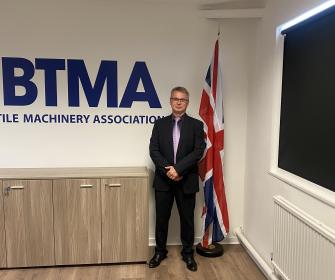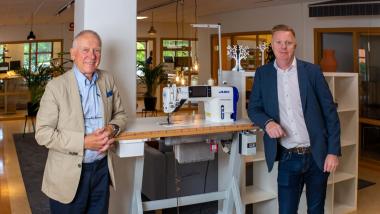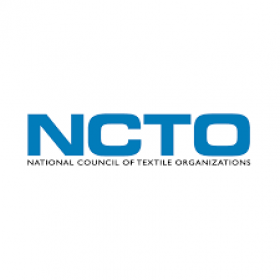Mitgliederversammlung des Deutschen Textilreinigungs-Verbandes (DTV)
- Beate Schäfer folgt Friedrich Eberhard als neue DTV-Verbandspräsidentin
Die Mitglieder des Deutschen Textilreinigungs-Verbandes e.V. (DTV) haben auf ihrer ordentlichen Mitgliederversammlung am 18.09.2021 turnusgemäß das Präsidium und die Verbandsspitze neu gewählt. Präsident Friedrich Eberhard trat nicht erneut zur Wahl an und beendete damit seine 14-jährige erfolgreiche Amtszeit. Einstimmig votierten die DTV-Mitglieder einstimmig für die bisherige Vizepräsidentin Beate Schäfer als neue Präsidentin des Verbandes. Sie wird ihr Amt zum Jahreswechsel antreten. Das Resümee aus der Mitgliederversammlung: Friedrich Eberhard ist es gelungen, einen geeinten und gestärkten Verband zu übergeben, der bestens für die Themen der Zukunft aufgestellt ist.
Bis zum 31. Dezember 2021 bleiben Friedrich Eberhard als Präsident und Beate Schäfer als Vizepräsidentin im Amt. Zum 1. Januar 2022 wird Beate Schäfer die Spitzenposition im DTV übernehmen.Beate Schäfer ist Inhaberin und Geschäftsführerin der Schäfer Mietwäsche Service GmbH. Viele Jahre lang engagierte sie sich aktiv im Fachverband Textilpflege FATEX, dem Baden-Württembergischen Mitgliedsverband und amtierte dort auch als Präsidentin. Dem DTV Präsidium gehört sie seit 2015 an und ist dort seit 2016 Vizepräsidentin.
Mitgliederversammlung wählte weitere Präsidiumsmitglieder
Darüber hinaus wurden auch die weiteren DTV-Präsidiumsmitglieder einstimmig von den Mitgliedern gewählt:
• Henrik Bier (Waschbär GmbH, Mühlhausen)
• Reiner Heinrichs (MEWA Textil-Service AG & Co. Management OHG, Wiesbaden)
• Joachim Krause (CHMS GmbH & Co. KG, Rödental)
• Dr. Thomas Neyers (ALSCO Berufskleidungs-Service GmbH, Köln)
• Anja Seidel (SEIDEL GmbH, Garbsen)
• Holger Schäfer (Textilreinigung Holger Schäfer, Beverungen)
• Richard Sterr (Wäscherei-Reinigung Sterr & Achternbusch GbR, München)
DTV-Jahreskongress war in diesem Jahr online
Am Vortag zur Mitgliederversammlung hatte der DTV seinen Jahreskongress ebenfalls als Hybridveranstaltung organisiert. Das Veranstaltungs-Motto „Mutig und entschlossen zu neuen Ufern“ war von den Teilnehmenden positiv aufgenommen worden. Dazu hatte gab es spannende Beiträge: Der Autor und Führungskräfte-Coach Peter Holzer hatte einen Mut-machenden Beitrag mitgebracht, „Mut zur (Lebens-)Führung – selbstbestimmt und verantwortungsvoll“ und die beiden Präsidiumsmitglieder Henrik Bier und Dr. Thomas Neyers stellten ihre optimistischen Visionen für die Branchenzukunft vor. Um mehr Vielfalt im Unternehmen ging es der Gastrednerin Denise Hottmann, die für HR Diversity + Inclusion bei der Boehringer Ingelheim Pharma GmbH & Co. KG. verantwortlich ist. Ihr Beitrag beleuchtete „Diversity – Theorie und Praxis“. Über die Ausbildungs-Initiativen des DTV wurde auch diskutiert.
DTV-Mitgliederversammlung DTV - Deutscher Textilreinigungs-Verband Beate Schäfer Friedrich Eberhard
Deutscher Textilreinigungsverband


